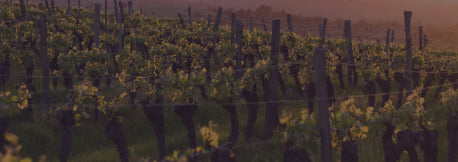Available e-books Available e-books Available Videos Available Videos Available Publications for Sale Available Publications for Sale Available Publications in Spanish Available Publications in Spanish Get more publications and educational resources…
Read MoreLatests Post
Homeowners frequently overlook the possibilities for growing raspberries. This fruit is often scarce in local markets, and homeowners may have to grow them or do without! This fruit is relatively easy to grow (except in the coastal plain), and they need relatively few sprays for pest control. Read more about raspberries in the home garden…
Read MoreEffect on Plant Size and Crop YieldPruning a plant reduces its ultimate adult size and the crop yield in at least the following season. To compensate for this loss of bearing area and yield, other factors, largely economic, must be considered in planning a pruning program. Effect on Fruit SizeBy reducing the number of fruit buds (and hence clusters) on the bush, pruning results in an increase i...
Read MoreThis bulletin is intended to serve as a complete source for brambles production (black and red raspberries), an important aspect in the farm retail marketing system. Getting started, management, harvesting, marketing, and disease control are all thoroughly discussed and displayed in this guide. This bulletin can be purchased at Ohio State University Extension’s eStore at http://estore.osu-exten...
Read MoreFresh berries are pretty expensive to buy because there’s only a narrow window of time between harvest and decline. You can grow your own, however, and you’ll love the fresh-off-the-vine flavor. Although they’re considered a cool-season crop, berries are easy to grow in most parts of the country. Berry brambles love to ramble out of control, but with some extra care and attention, gardeners can...
Read MorePrepared by David T. Handley, vegetable and small fruit specialist, University of Maine Cooperative Extension For information about UMaine Extension programs and resources, visit extension.umaine.edu.Find more of our publications and books at extensionpubs.umext.maine.edu. Raspberries and blackberries can be a most enjoyable crop for the conscientious gardener. Red raspberries are readily adapt...
Read MorePrepared by David T. Handley, Extension vegetable and small fruit specialist For information about UMaine Extension programs and resources, visit extension.umaine.edu.Find more of our publications and books at extensionpubs.umext.maine.edu. Blueberries are native to North America, and the delicious fruit has been harvested in the wild for centuries. However, growing blueberry plants in gardens ...
Read MoreCurrants, gooseberries, and elderberries are native to Wisconsin woodlands, fence rows and fields. Fruit of these lesser known crops are often harvested from the wild and are prized for making jams, jellies, pies and juice. Elderberries are sometimes used in home winemaking. These crops are generally hardy enough to be grown in all areas of Wisconsin and are well adapted for home fruit planting...
Read MoreCornell Online Resources: New! Recommended fruit cultivars for home gardens – Best bets for New York gardeners. Berries, grapes, tree fruit, and more. Cornell Guide to Growing Fruit at Home [1.8M .pdf] – In simple language and informative graphics, tells you how to grow and harvest the freshest, highest-quality fruit right in your own backyard. Includes information on site selection, soil pre...
Read More

